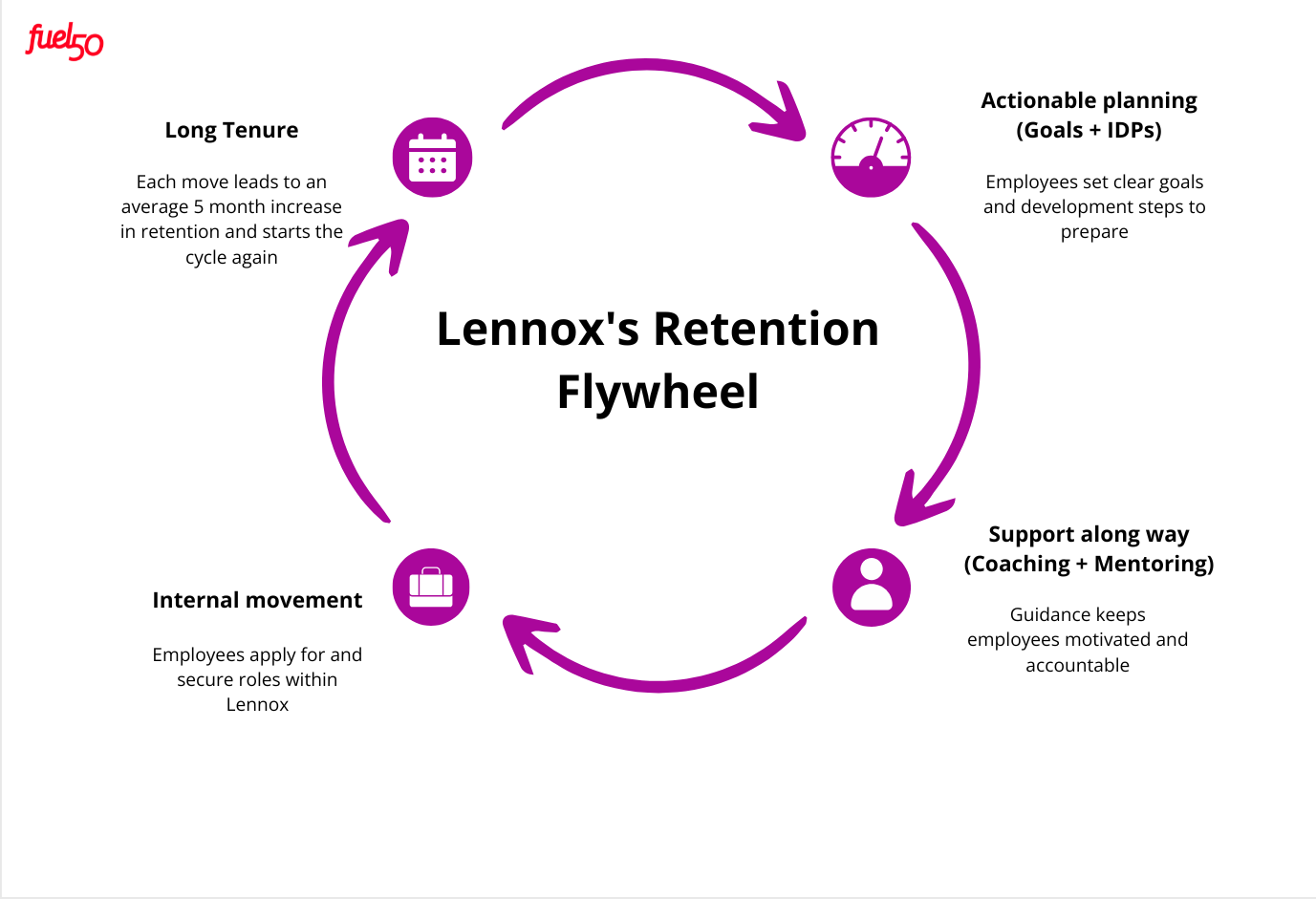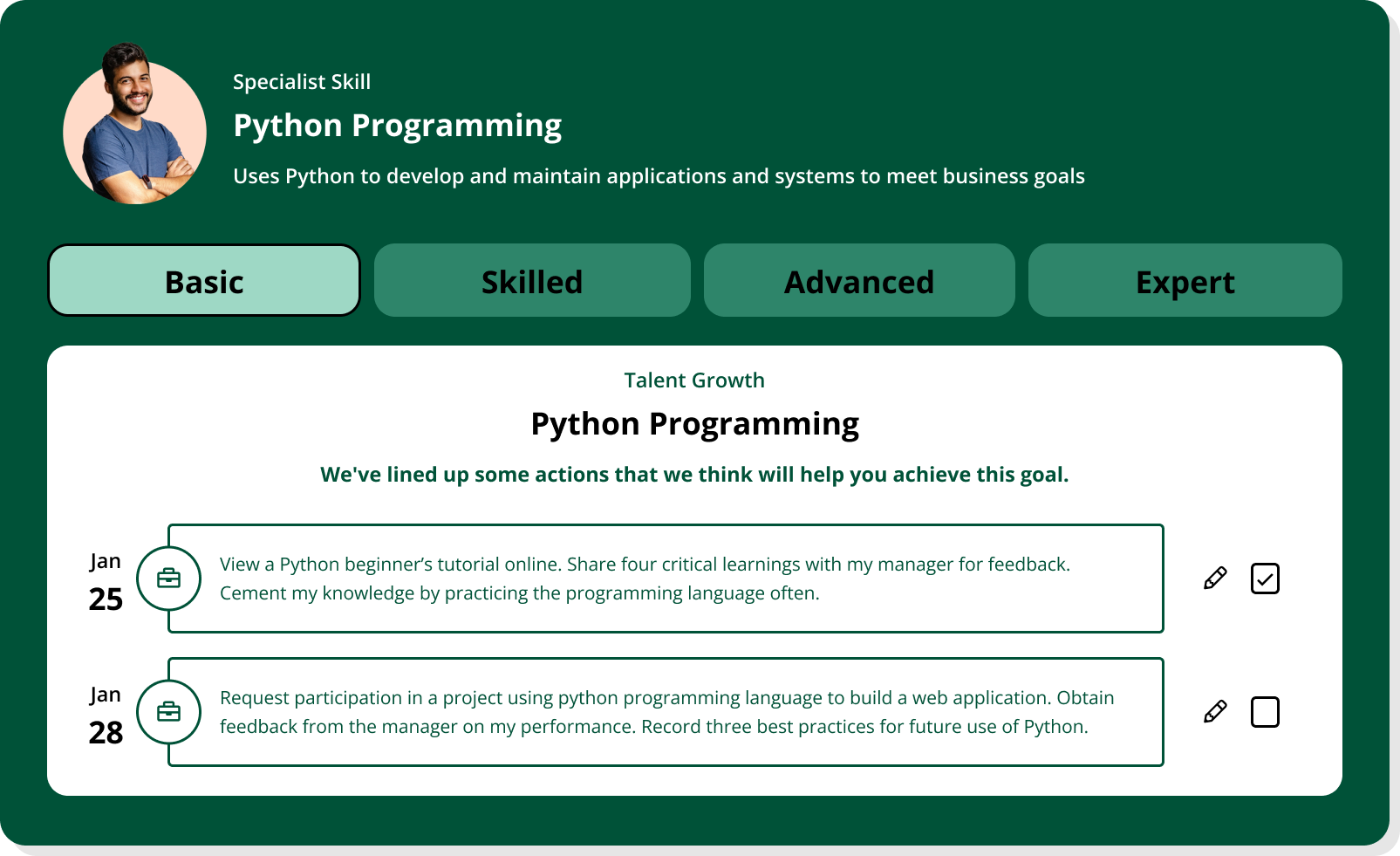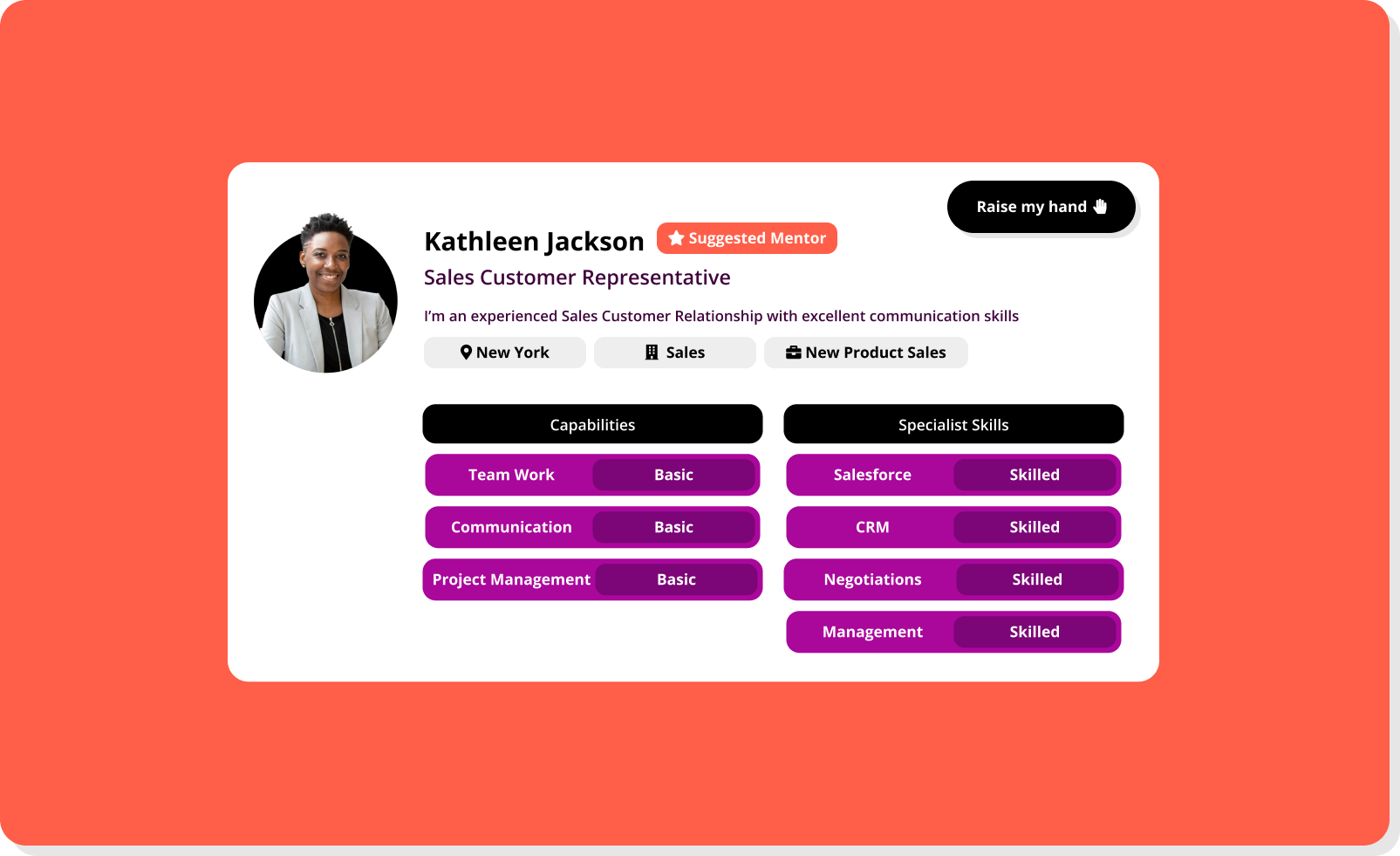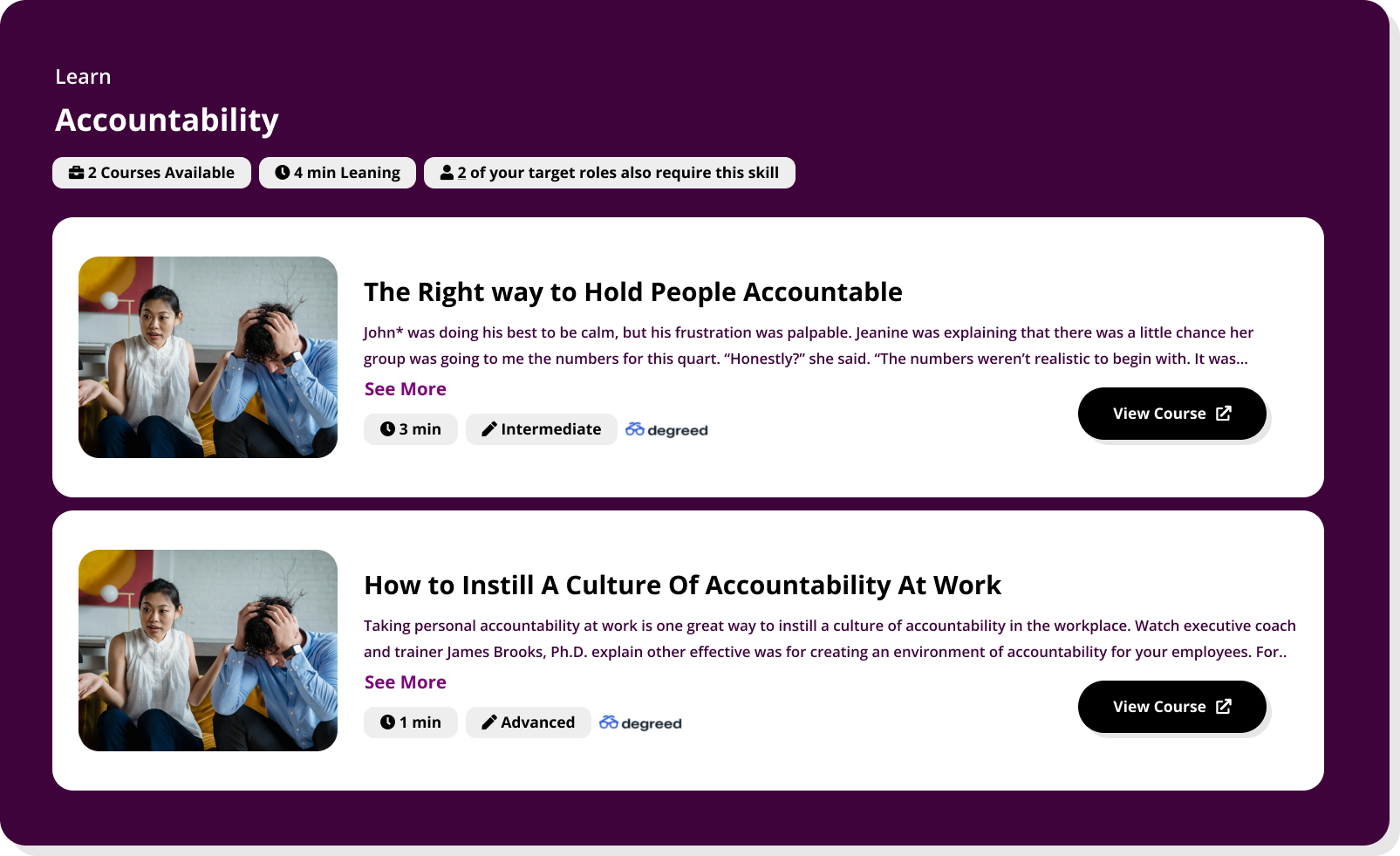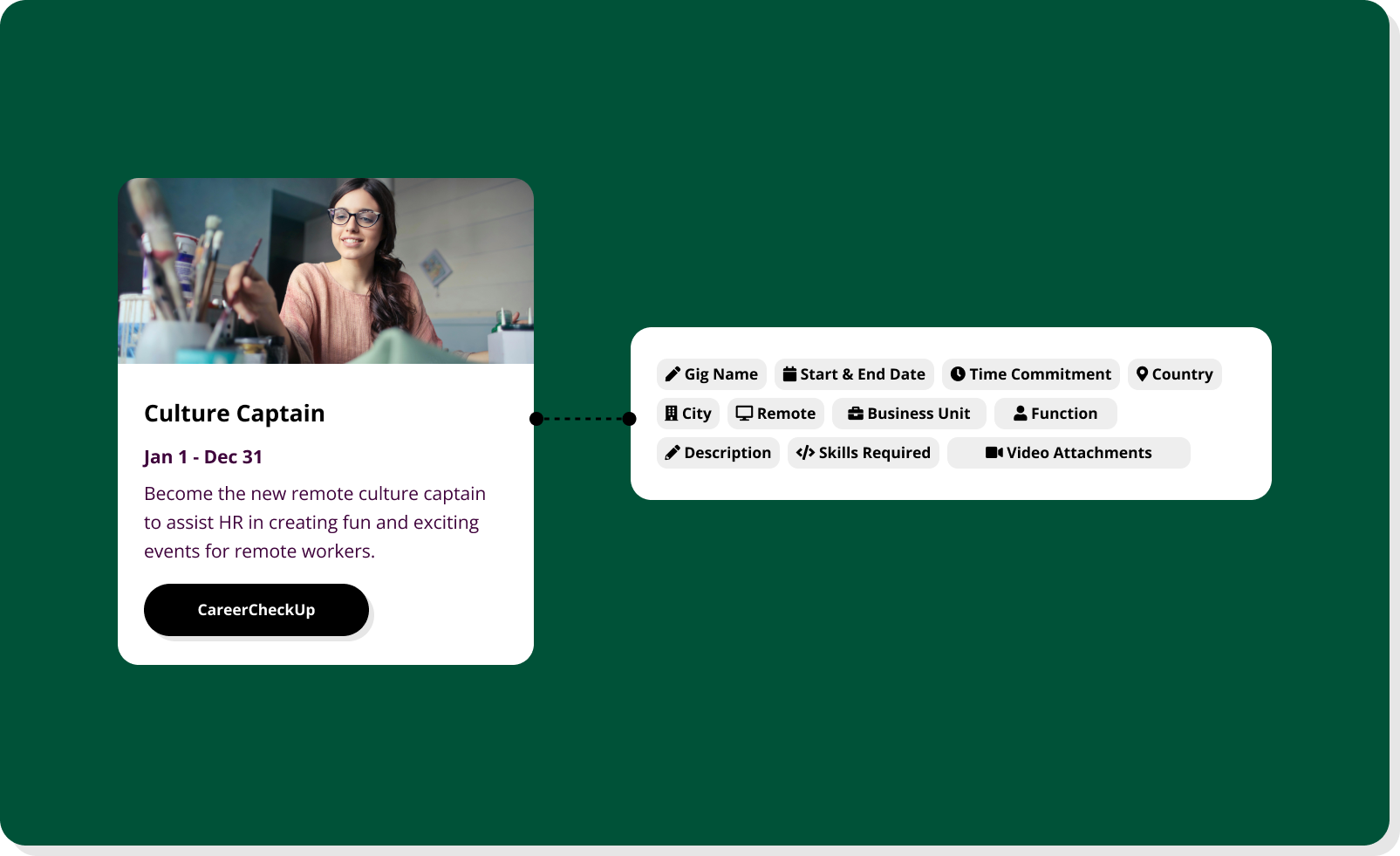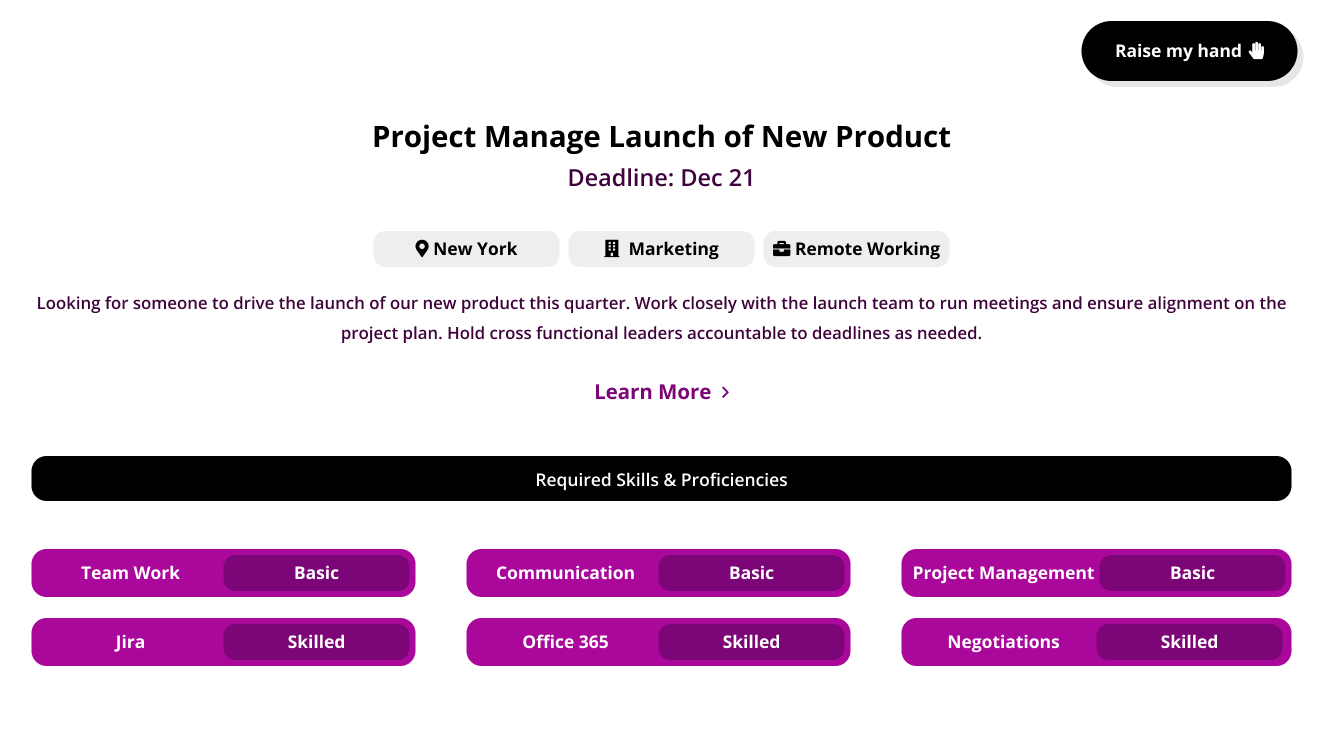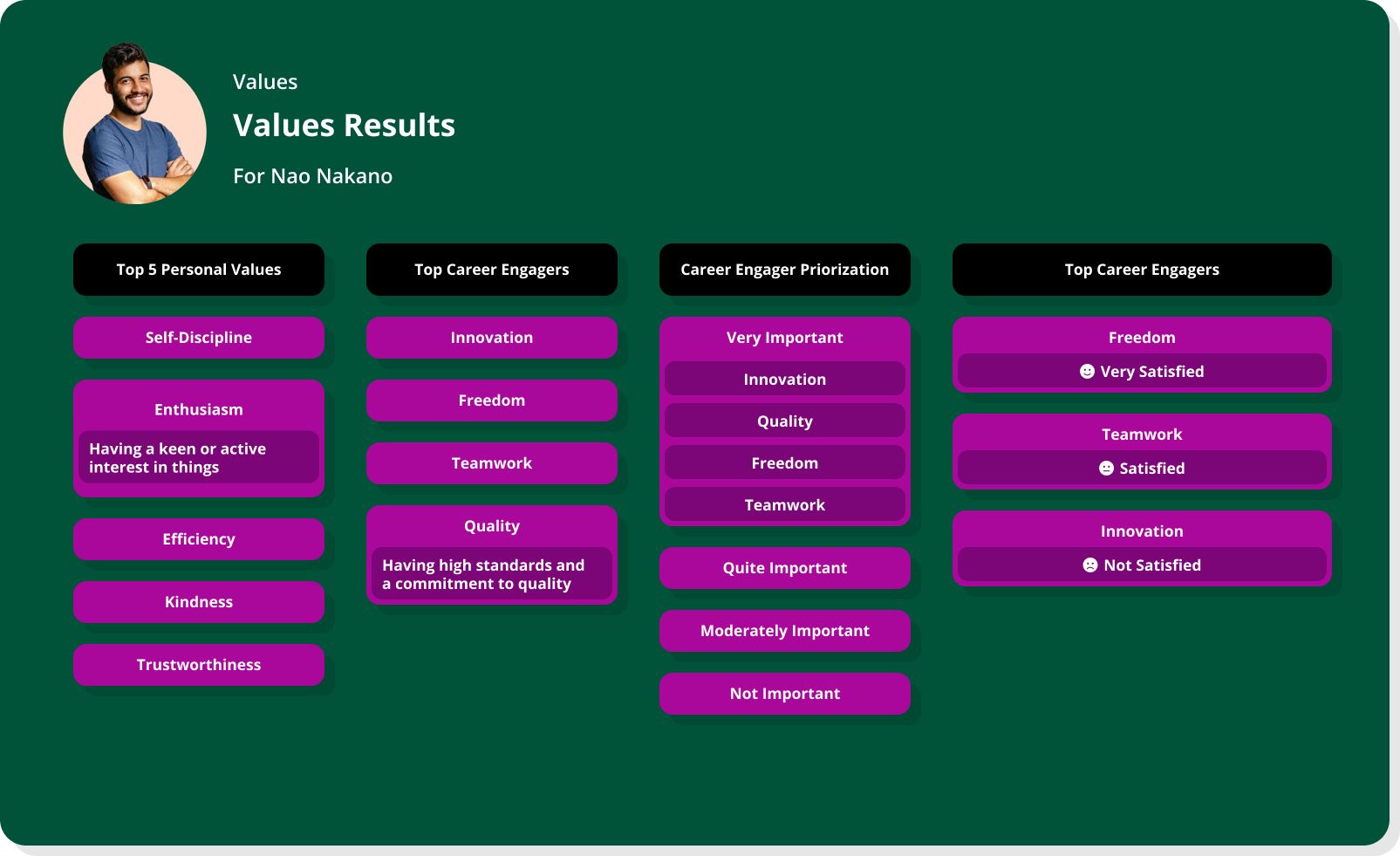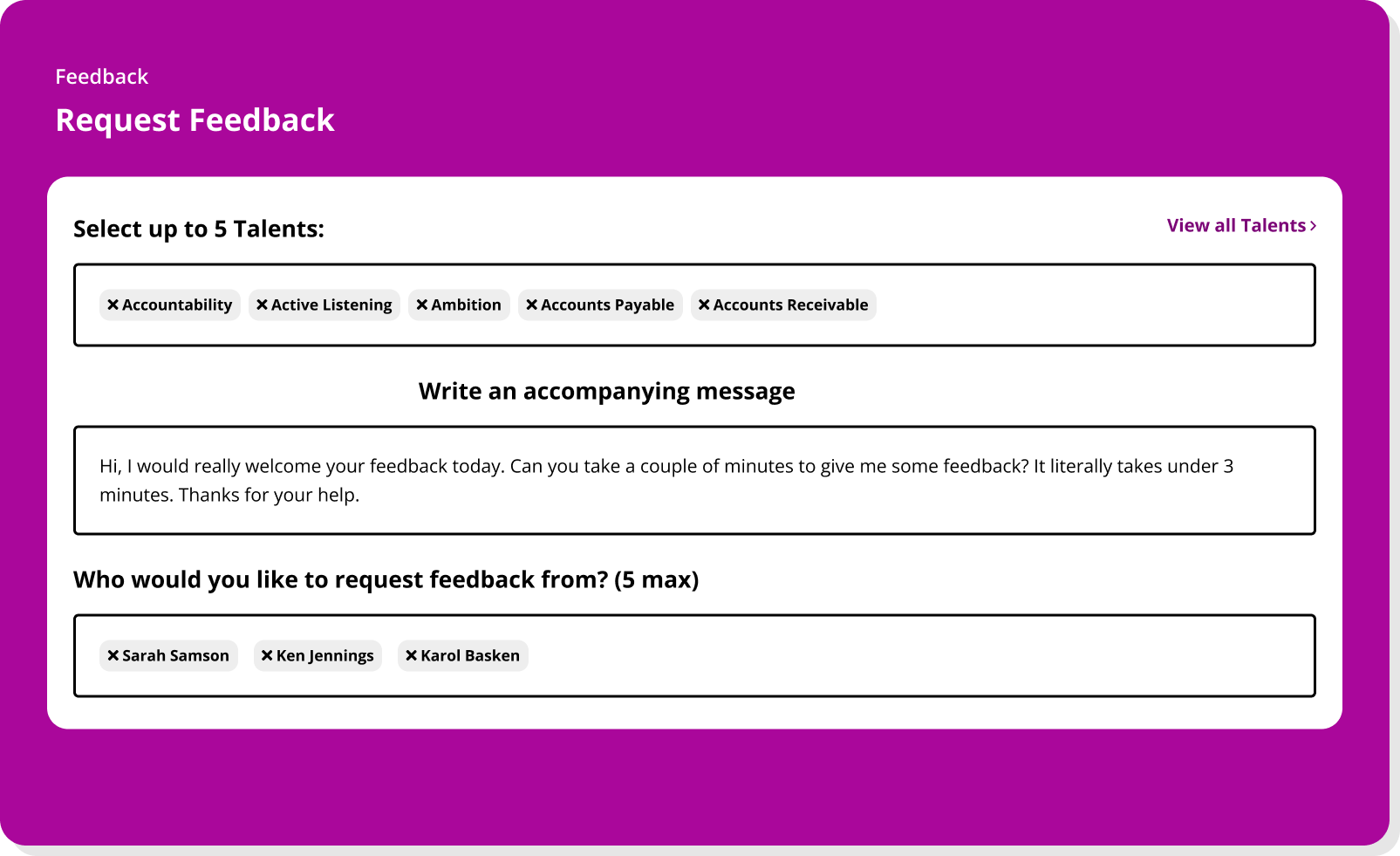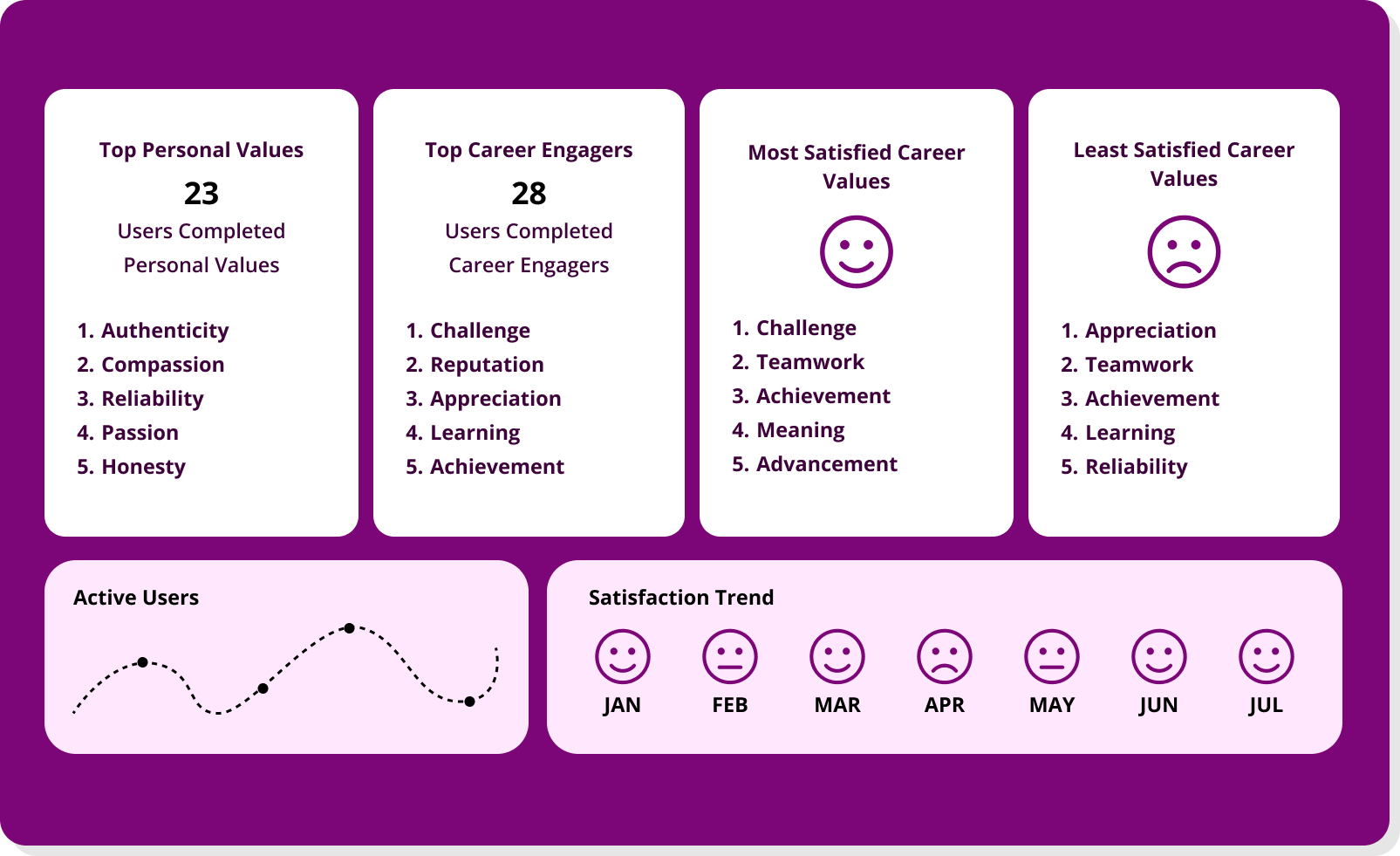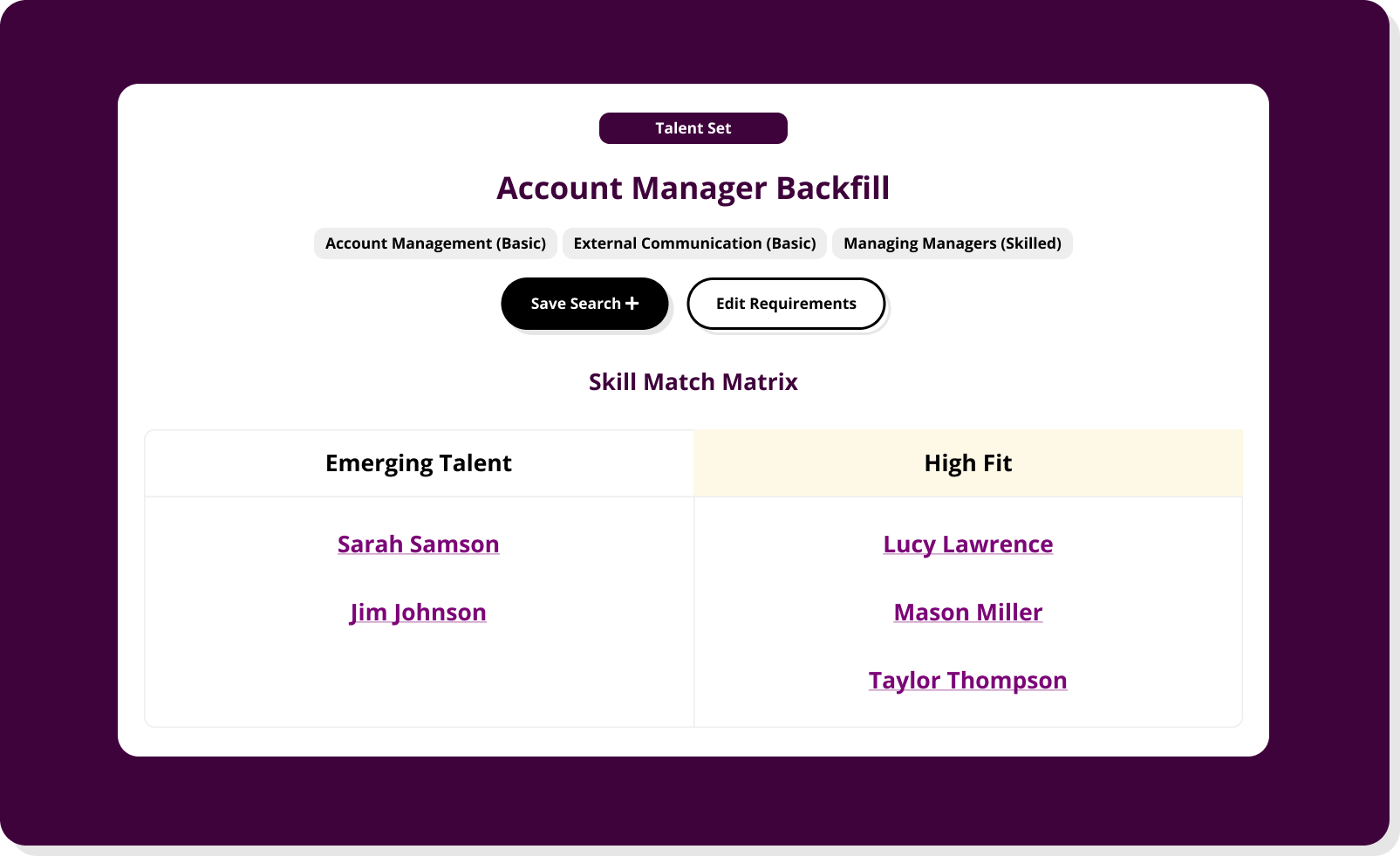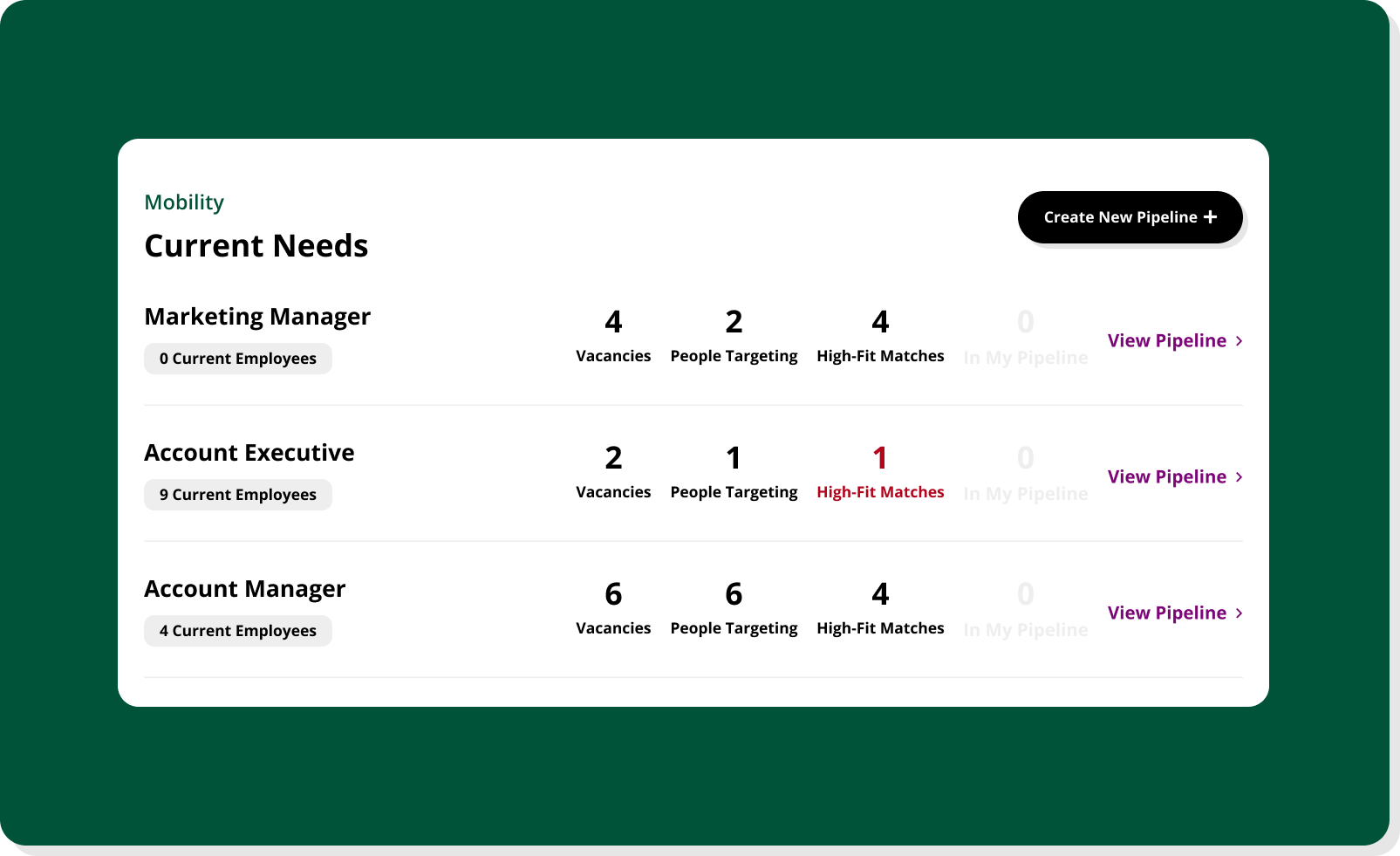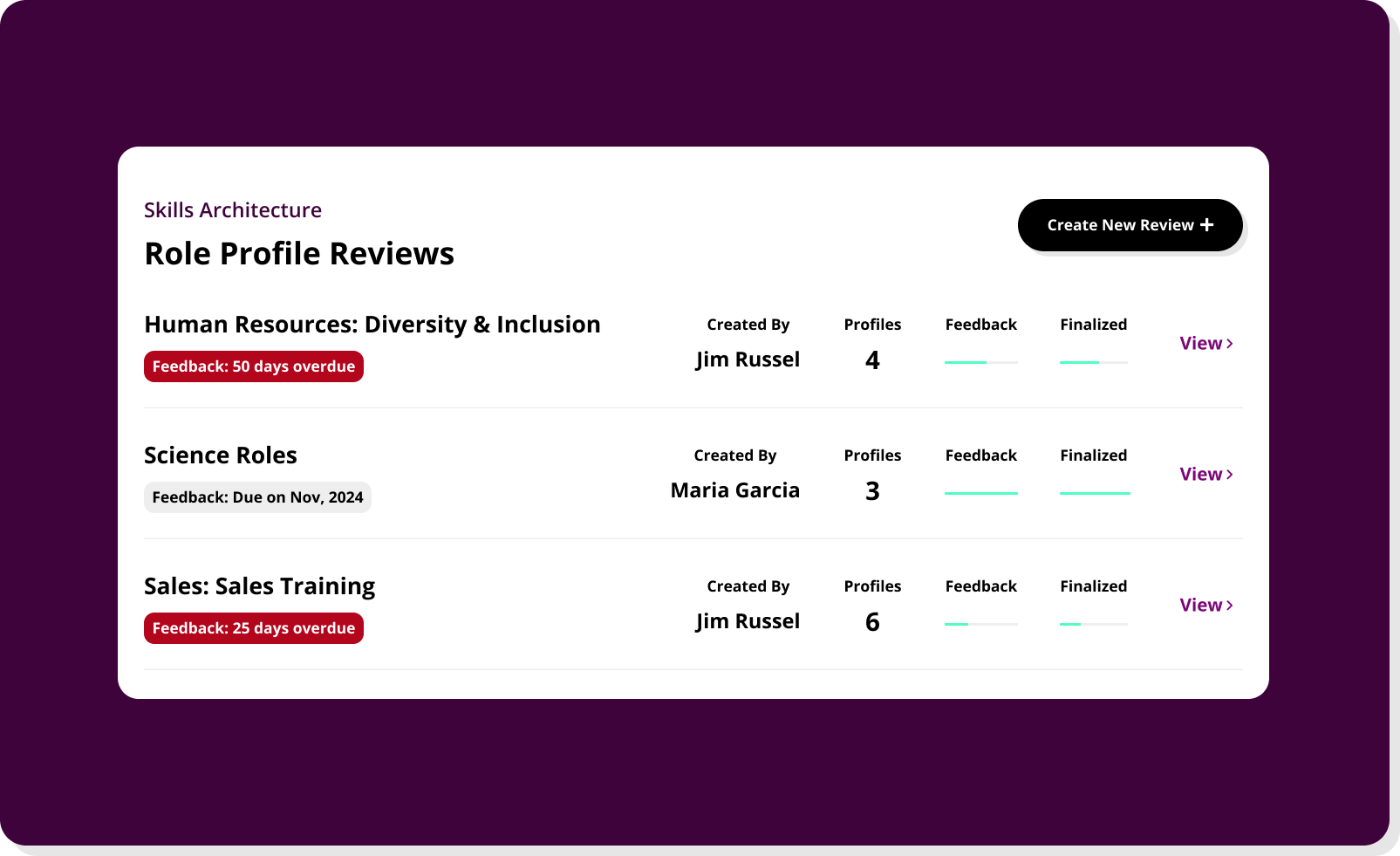A mentoring program is a structured initiative that connects employees with more experienced colleagues who can provide guidance, support, and career development. Unlike casual advice or informal networking, a formal program creates intentional opportunities for learning and growth, ensuring that access to mentoring is equitable and aligned with organizational goals.
For employees, mentoring programs offer clarity and confidence in their career paths. They help individuals build new skills, expand their networks, and gain the perspective of someone who has navigated similar challenges before. This kind of support not only accelerates professional growth but also builds a stronger sense of belonging and engagement at work.
For companies, mentoring programs strengthen leadership pipelines, improve retention, and create a culture of continuous development. They provide a cost-effective way to transfer institutional knowledge, break down silos, and ensure employees are growing in ways that align with business needs. When designed well, mentoring becomes more than a benefit for employees—it becomes a strategic lever for workforce mobility and organizational success.
In this article, we’ll explore the different types of corporate mentoring, the common mistakes that often undermine programs, and how organizations can build mentoring into a scalable strategy for talent mobility.
What are different types of mentoring?
When organizations first explore mentoring, the conversation often starts with the different models available. Each type of mentoring brings its own strengths and limitations, and while they all promise development opportunities, the reality is that without careful structure they often create as many challenges as they solve. Understanding these models clearly is the first step in designing a program that works.
One-on-one mentoring is the most traditional and widely recognized model. It offers a deeply personalized relationship where an experienced employee provides direct guidance to a less experienced colleague. Because the exchange is so focused, mentees often feel supported and heard in ways that group settings cannot replicate. The problem, however, is that one-on-one mentoring is difficult to scale across an entire workforce. For every strong mentor-mentee match, there are countless employees left without access, and this exclusivity can inadvertently create inequity or resentment.
Group mentoring emerged as a response to that challenge. By pairing one mentor with several mentees, or creating circles of employees learning from each other, organizations can expand access while still providing structured guidance. This model is efficient and helps normalize mentoring as part of the culture. Yet the very efficiency that makes group mentoring appealing can dilute its impact. When several voices compete for time and attention, it becomes harder to build the kind of trust and depth that mentees often need most.
Peer mentoring shifts the dynamic even further by focusing on employees at a similar stage in their careers. Instead of a senior guiding a junior, peers support each other through shared challenges, whether it’s navigating a new company, building new skills, or preparing for the next step in their careers. Peer mentoring can create strong communities and promote collaboration, but it also comes with limitations. Without the perspective of someone more experienced, peer groups risk reinforcing the same blind spots rather than helping individuals grow beyond them.
Reverse mentoring flips the traditional relationship altogether, pairing younger or less experienced employees with senior leaders. This approach gives executives fresh insights into emerging trends, new technologies, and generational perspectives they might otherwise miss. Done well, reverse mentoring can spark cultural change and break down hierarchical barriers. Still, it requires a high level of organizational maturity. Leaders must be willing to learn openly, and employees must feel safe to speak candidly, or else the relationships remain surface-level.
Finally, many companies are turning to hybrid or digital mentoring, which integrates technology platforms to manage the process. This approach allows organizations to move beyond the limits of scale, geography, and manual administration. Smart platforms can match mentors and mentees based on skills, goals, and aspirations, provide structured conversation guides, and track outcomes over time. Digital mentoring creates opportunities for more employees and makes results measurable. Yet even here, success depends on more than just software. Without a clear strategy and cultural buy-in, digital mentoring risks becoming another underused HR tool rather than a meaningful growth driver.
Taken together, these types of mentoring show that there is no one-size-fits-all solution. Each model addresses specific challenges—whether it’s personalization, scale, cultural learning, or efficiency—but each also introduces new risks if implemented without structure and intentionality. The real work for HR leaders is not simply choosing a type of mentoring, but designing a program that mitigates these weaknesses, ensures equitable access, and ties the practice directly to measurable business outcomes.
4 mistakes that set your mentoring program up for failure
Even with the best intentions, many corporate mentoring programs struggle to deliver lasting impact. The reason is not that mentoring itself is ineffective—it is that the way programs are designed often undermines their potential. When organizations fall into the following common traps, mentoring quickly shifts from a strategic talent lever to a feel-good initiative with little measurable value.
Relying on informal matching leads to favoritism and inequity
Most mentoring programs begin informally, with leaders asking managers to nominate mentors or allowing employees to find their own connections. While this may seem efficient, it often leads to favoritism and inequity. Those who already have strong networks end up with opportunities, while others are overlooked. The result is a mismatch between mentor expertise and mentee needs, leaving many relationships ineffective before they even begin. This weak foundation makes it difficult for the program to gain credibility or scale beyond a small circle of participants.
A lack of clarity causes relationships to fizzle
When participants are paired without a clear framework, the relationship often lacks direction. Without defined goals, expectations, and a roadmap for how mentoring should unfold, even well-intentioned pairs struggle to make progress. Conversations wander, meetings taper off, and the energy that was present at the start quickly fizzles out. This lack of clarity compounds the problems created by informal matching—when employees are unsure why they are paired in the first place, it becomes even harder to sustain engagement or demonstrate value.
Failing to support mentors and mentees leaves participants adrift
Even when mentoring pairs are motivated and willing, they need support to succeed. Too often, organizations assume that participants will simply “figure it out” on their own. In reality, many mentors are not trained in how to guide effectively, and mentees may be uncertain about how to make the most of the relationship. Without conversation guides, check-in structures, or resources to lean on, relationships lose momentum. This builds on the previous mistake: when mentoring lacks clarity and participants receive no support, the program becomes inconsistent and unreliable across the organization.
Ignoring measurement undermines credibility and ROI
Finally, the absence of measurement is what ultimately causes many mentoring programs to fade away. HR leaders may be able to point to anecdotal success stories, but without data on engagement, progression, or retention, executives have no way to connect mentoring to business outcomes. When budgets tighten, programs that cannot prove ROI are the first to be cut. In this way, the earlier mistakes compound into the most damaging outcome: mentoring is dismissed as a soft initiative rather than recognized as a growth engine tied to measurable organizational goals.
The four drivers of a great mentoring program based on Lennox’ success
Together, these drivers—visibility, goals, support, and measurement—created a flywheel effect at Lennox. Employees saw where they could go, set goals to get there, received mentoring and coaching along the way, and stayed longer once they moved.
For organizations designing mentoring programs today, the lesson is that structure and accountability transform mentoring from a well-meaning initiative into a strategic lever for retention and mobility.
Clear visibility into career paths
Mentoring cannot succeed if employees lack a sense of where their careers can go. At Lennox, the biggest obstacle to retention was not disengagement—it was invisibility. Employees did not know what opportunities existed beyond their current teams or which skills would help them advance. By using Fuel50’s Journeys feature, Lennox gave employees a transparent view of career pathways, making it easier to connect mentoring conversations to real opportunities. This visibility transformed mentoring from vague career advice into targeted guidance toward defined roles.
Actionable development goals
Awareness of opportunities is not enough; employees also need a structured way to move toward them. Lennox achieved this by integrating Fuel50’s Development Goals, known internally as Individual Development Plans (IDPs). These goals gave mentors and mentees a shared roadmap, turning abstract career discussions into concrete steps. Employees who set clear goals were over 10% more likely to make an internal move, showing that mentoring becomes most effective when it is paired with actionable planning.
Consistent support and coaching
Even with goals in place, progress can stall without reinforcement. Lennox closed this gap by scaling support through structured check-ins, peer conversations, and mentoring pairings. These touchpoints ensured that employees didn’t just set goals—they followed through on them. The result was a measurable lift in mobility: employees who engaged with mentors were 21% more likely to move internally. This demonstrates that mentoring is not a one-time intervention, but an ongoing system of accountability and encouragement.
Measurement that ties to business outcomes
A mentoring program gains credibility when it shows tangible results. At Lennox, every internal move added an average of five months of tenure. Multiply that across 4,800 tracked moves, and the company effectively retained over 2,000 years of institutional knowledge. These outcomes were only visible because the program was built on measurable actions—goal setting, mentoring engagements, and tracked internal mobility. This evidence turned mentoring from a soft benefit into a retention engine.
How Fuel50’s Talent Marketplace helps companies build successful mentoring programs
In most companies, mentoring is plagued by inequitable access, lack of structure, and limited visibility into results. Fuel50’s Talent Marketplace addresses each of these challenges head-on. With AI-driven smart matching, mentoring becomes fair and meaningful. With integration into the broader career ecosystem, it gains purpose. With support for multiple models, it scales. With transparency and analytics, it earns credibility as an ROI driver. And with a shared skills ontology, it aligns development with strategy. The outcome is mentoring that works—for employees who want growth and for organizations that need mobility, retention, and agility.
Match mentors and mentees equitably with AI-powered career DNA
One of the most common pitfalls of mentoring programs is reliance on informal connections or manager nominations. These approaches often result in favoritism, mismatches, or inequitable access—leaving some employees with powerful networks and others with none. Fuel50 eliminates this risk by using its proprietary AI-powered career DNA to match mentors and mentees.
Career DNA captures not only skills but also motivators, values, and aspirations, ensuring that relationships are based on genuine alignment rather than convenience or bias. The result is a mentoring system that is more inclusive, equitable, and effective.
By removing guesswork from the pairing process, Fuel50 gives employees confidence that their mentoring relationships are meaningful, and organizations gain assurance that opportunities are distributed fairly across the workforce.
Embed mentoring into career journeys for clarity and purpose
Mentoring fails when it is treated as a standalone initiative—something bolted onto development programs rather than embedded within them. Fuel50 integrates mentoring into the full talent marketplace ecosystem, where it connects seamlessly with Career Journeys, Goals, Skills Architecture, and Gigs.
This integration means employees don’t just meet a mentor; they see how mentoring aligns with their long-term career path, which skills they need to build, and which opportunities they can pursue.
The experience shifts mentoring from an occasional conversation into a structured component of career growth. Employees are no longer left wondering how advice translates into advancement—they see a direct line between mentoring, skill-building, and real roles inside the organization.
Scale multiple mentoring models with a unified platform
Many organizations start with one-on-one mentoring but quickly find it difficult to scale. Fuel50’s Coach Marketplacemakes it possible to support multiple models—traditional mentoring, peer-to-peer learning, reverse mentoring, and even internal coaching—using the same smart-matching engine.
This flexibility ensures that employees at all levels and in all contexts can access development relationships that fit their needs. For early-career employees, peer and group mentoring may provide community and confidence.
For senior leaders, reverse mentoring can offer fresh perspectives and cultural insights. And for those preparing to step into leadership, internal coaching provides targeted growth. By unifying these models on one platform, Fuel50 democratizes access to mentoring and ensures no employee is left behind, while also keeping costs far below external coaching programs.
Measure outcomes to prove ROI and business impact
A major reason mentoring programs lose momentum is the absence of measurement. Without visibility into outcomes, executives see mentoring as a nice-to-have rather than a business priority. Fuel50 solves this by tracking every mentoring interaction, from goal-setting and sessions to skill validation and mobility outcomes.
These insights are aggregated into clear metrics tied directly to retention, progression, and workforce agility. For HR and talent leaders, this means mentoring can finally be defended in boardroom conversations as a strategy with measurable ROI. Instead of anecdotal success stories, Fuel50 equips leaders with data showing how mentoring increases tenure, accelerates internal moves, and builds stronger talent pipelines.
Aligning conversations with organizational needs through a skills ontology
Mentoring can drift into abstract conversations if it lacks a shared framework. Fuel50 prevents this with its expert-built Skills Ontology, which provides a consistent language for roles, capabilities, and development. This ontology ensures that mentoring conversations are not just about general advice but are anchored in the skills employees need for future opportunities and the organization needs for long-term success.
For employees, this clarity creates confidence that their development is relevant and impactful. For companies, it ensures that mentoring efforts are building agility, closing skill gaps, and preparing the workforce for what comes next.



